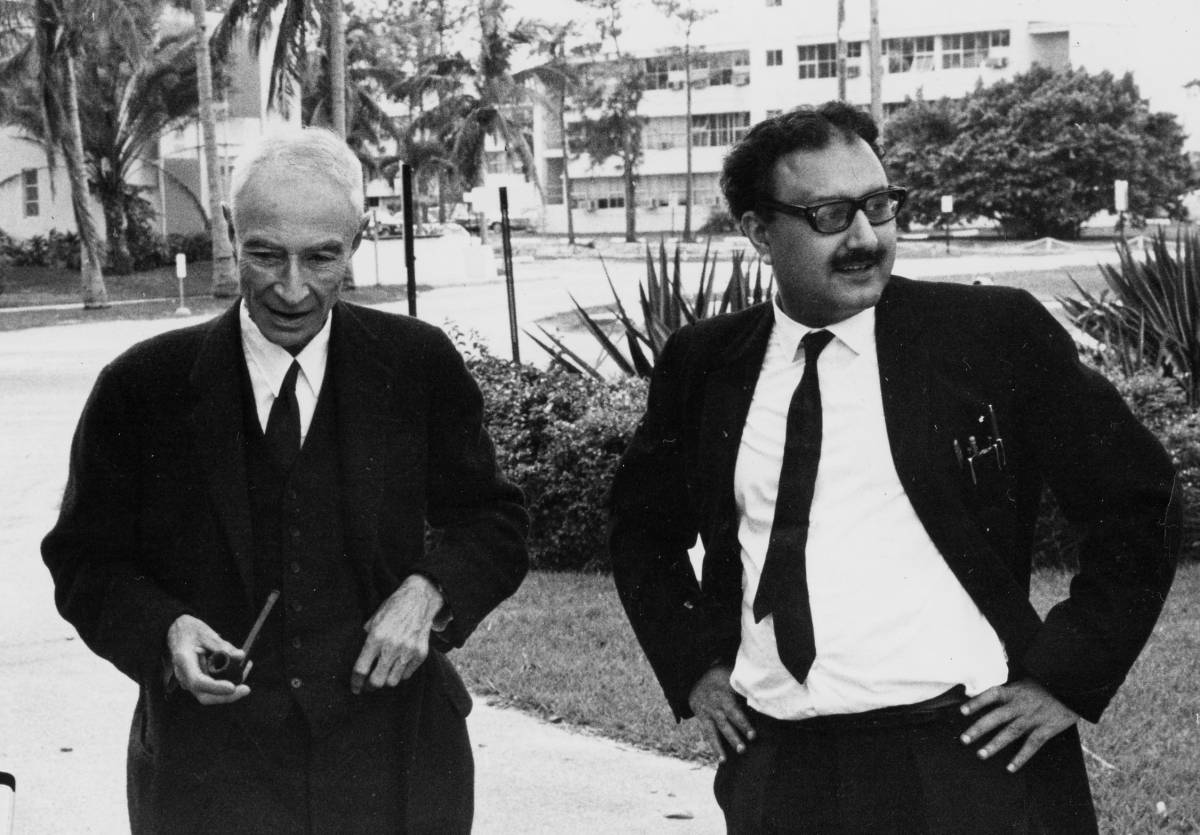The United States and China have agreed to reduce some of the high tariffs placed on each other’s goods for a 90-day period. This development comes after two days of high-level trade talks held in Geneva, Switzerland, and signals a possible shift toward resolving years of economic tension between the world’s two largest economies.
The agreement is meant to give both sides time to continue negotiations without the pressure of additional trade barriers. The decision to ease some of the tariffs was announced in a joint statement on Monday, in which both countries stressed the need for “mutual respect, cooperation, and continued dialogue.”
Details of the Agreement
According to the joint statement:
-
The United States will reduce its tariffs on Chinese goods from 145% to 30%. This move includes suspending additional duties imposed under two executive orders signed by former President Donald Trump in early April.
-
China will lower its tariffs on US goods from 125% to 10%, matching the US’s base rate on select products.
-
Both sides will maintain a base tariff of 10% on many products during the 90-day period.
-
China will also suspend or eliminate non-tariff barriers, which are restrictions that go beyond customs duties and have affected US businesses operating in or exporting to China.
-
A mechanism will be set up to continue discussions on a regular basis.
This temporary reduction in tariffs is expected to give room for negotiators to work on a broader and more permanent trade agreement.
Who was leading the talks?
The new round of trade negotiations was led by:
-
Scott Bessent, the new US Treasury Secretary
-
Jamieson Greer, US Trade Representative
-
He Lifeng, Vice Premier of China’s State Council
-
Li Chenggang, China’s international trade representative
In their statement, both countries agreed that future meetings could take place in the US, China, or a neutral third country, depending on mutual agreement.
Bessent told reporters that the meetings were respectful and productive. He stated, “Both sides want to avoid decoupling. We are moving forward with a spirit of cooperation and mutual benefit.” He also described the previous tariff levels as “economically harmful” and emphasized that the agreement marks a change in tone.
Economic and Political Background
The trade tensions between China and the US began in 2018 during President Donald Trump’s administration, when the US imposed steep tariffs on hundreds of billions of dollars’ worth of Chinese goods, citing unfair trade practices, intellectual property theft, and market manipulation.
China responded with its own set of retaliatory tariffs. The back-and-forth raised prices for businesses and consumers, disrupted global supply chains, and created long-term uncertainty in international markets.
In April 2025, President Trump ordered a new wave of tariffs—raising duties on Chinese goods to 145%. China answered with a 125% increase on US imports. This sharp escalation led to renewed fears of a global economic slowdown.
The Geneva talks were the first formal face-to-face discussions since those new tariffs were introduced.
Global Reaction
The response to the 90-day agreement was mostly positive:
-
Stock markets in the US, Europe, and Hong Kong surged following the announcement.
-
The US dollar strengthened, showing renewed investor confidence.
-
Business leaders welcomed the temporary tariff reduction as a sign of easing tensions.
Ngozi Okonjo-Iweala, Director-General of the World Trade Organization, praised the agreement as “a significant step forward.” She added, “Amid ongoing global uncertainty, progress between China and the United States is not only important for them but also for the entire global economy—especially for developing countries vulnerable to market shocks.”
China’s Commerce Ministry called the talks “substantial” and urged the US to continue working toward a long-term solution that removes all unilateral tariff increases.
What’s Next?
Although the 90-day agreement is a major step, it is only temporary. The next phase of negotiations will likely focus on:
-
Intellectual property rights
-
Technology transfers
-
Market access for foreign companies
-
Labor and environmental standards
-
Removal of all Trump-era tariffs
This move also follows a separate trade framework announced last week between the US and the United Kingdom, showing that Washington may be willing to negotiate with more countries on tariff issues.
White House Press Secretary Karoline Leavitt clarified that the US will not reduce tariffs further unless China also makes concessions. “This is a two-way street,” she said. “China must also show commitment to reforms and fair competition.”
The agreement between the United States and China to reduce tariffs for 90 days is a welcome development after years of rising trade tensions. While it is not a permanent solution, it reflects a mutual willingness to move away from confrontation and toward dialogue.
With the global economy still recovering from supply chain disruptions and inflationary pressures, the success or failure of these talks will have broad consequences beyond Washington and Beijing.
Both governments now face the challenge of turning a temporary agreement into a lasting settlement that benefits businesses, consumers, and the global trading system.
Related stories:
White House Announces 145% Tariff on Most Chinese Imports
US Suspends Higher Tariffs for 90 Days on Most Countries, But Escalates Pressure on China
The First World War of Trade Has Begun and Tariffs Are the New Bombs
Trump Threatens 50% Tariff on China Amid Escalating Trade War
















